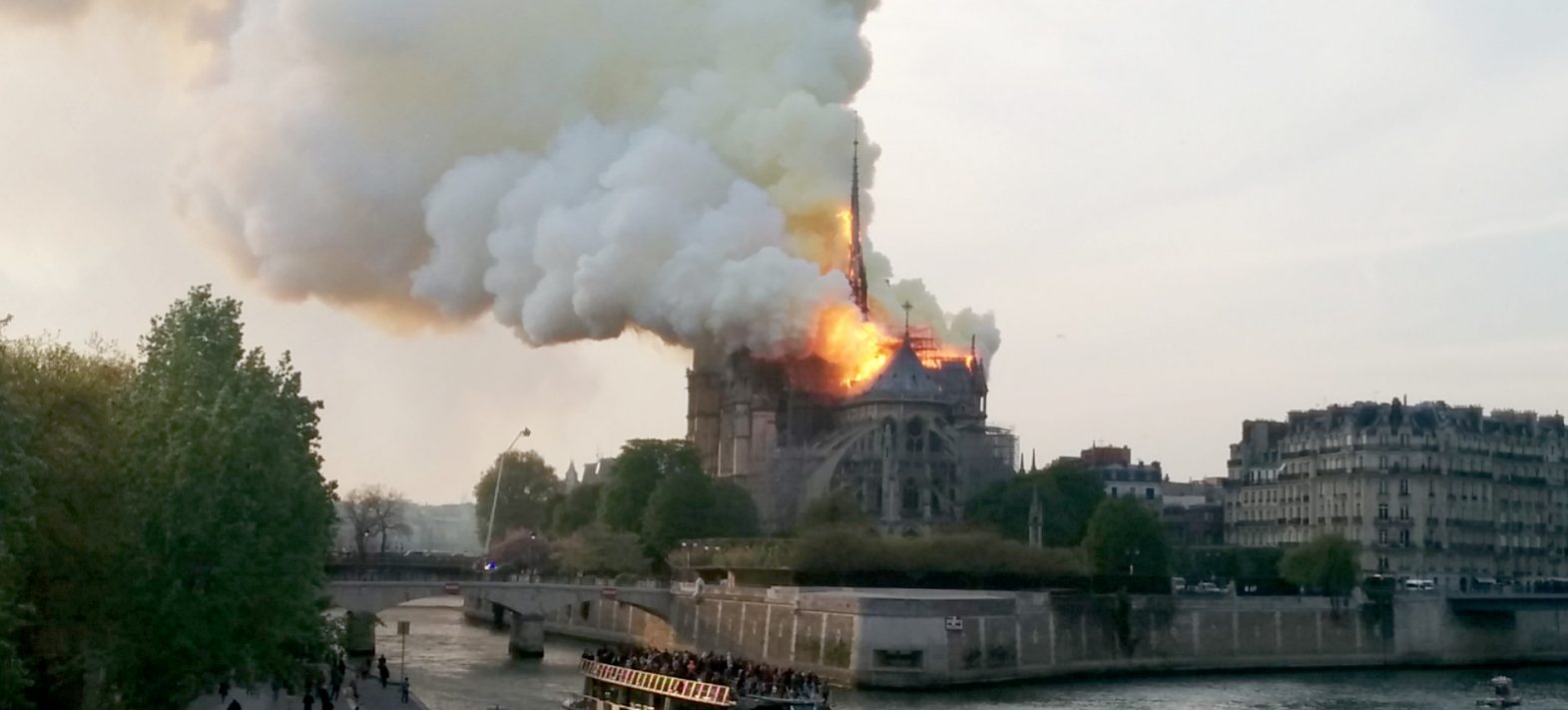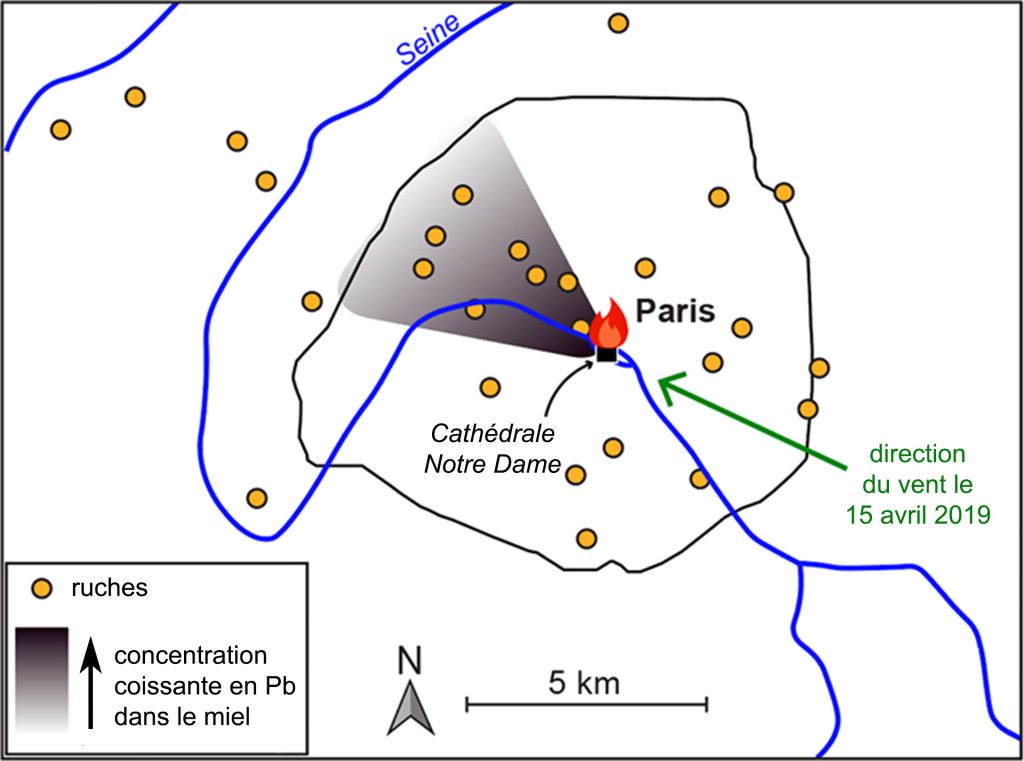Lead fallout from Notre Dame fire mapped in honey
In a study published this summer, a team of Canadian and French researchers studied honeys from beehives in the Paris region to trace lead pollution linked to the Notre Dame Cathedral fire of spring 2019.

Publication date: 03/09/2020
General public, Press, Research
Related teams :
Cosmochemistry, Astrophysics and Experimental Geophysics (CAGE)
Related themes : Earth System Science









